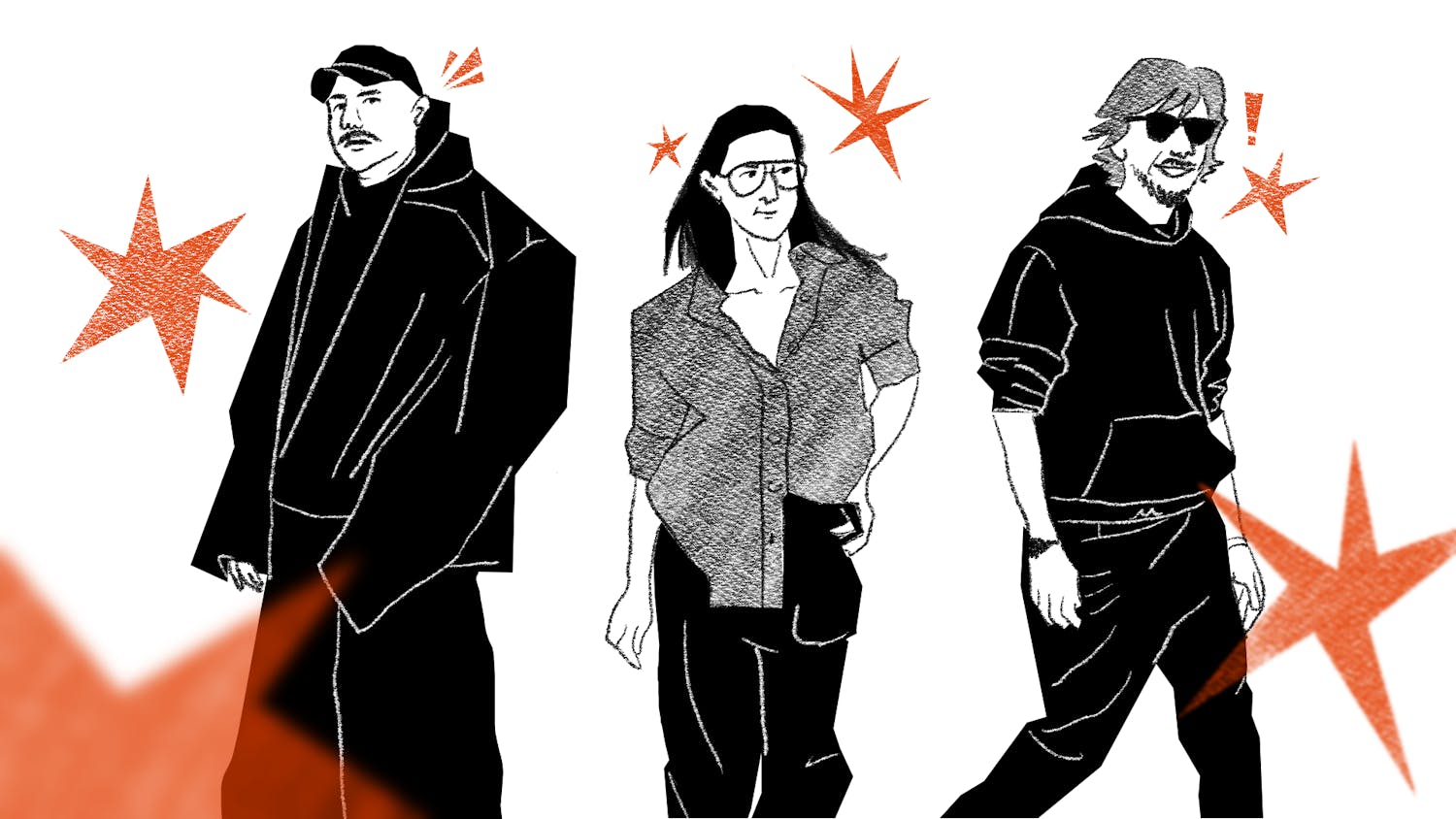Like most things in my life, the center of my journalism philosophy begins with Taylor Swift: If you start taking the routine interactions of your job for granted, you ought to stop doing it.
When Fearless won Album of Year at the 52nd Annual Grammy Awards, pop culture pundits liked to make fun of Swift’s astonished face, as though she shouldn’t be too grateful for winning. She’d already won plenty of industry accolades, anyways, so these commendations are basically part of her job.
I’d always thought that was a funny notion—that you should stop being earnestly honored or surprised or grateful just because something becomes routine. Part of what drives me to be a journalist, after all, is the crux of the job. It’s the relationship reporters have with their sources, and the trust that comes with it.
I want to always feel honored when a source chooses to share a story of trauma with me—be it sexual assault or University discrimination—on the record. I want to stay diligent as I work to hold power brokers accountable. I want to wake up every morning humbled by the awesome responsibility of rebuilding faith in media for marginalized communities and people who’ve never seen their truth reflected in a newspaper.
Simply put, I hope to always feel a little awestruck that people trust me to help them tell their stories. And if I start taking that duty for granted, I should probably quit.
Admittedly, as newsrooms have been forced to chase more stories and clicks with fewer reporters, journalism has become an industry of exploitation. The Columbia Journalism Review writes of reporters feeling “harried” by the need to churn out multiple stories daily, while Poynter has made an example of journalists at Gannett publications working hours of unpaid overtime under the guise of “gaining experience.” As pressure mounts and burnout becomes evergreen, cutting corners has become common.
It’s just unfortunate that one of the first corners reporters are taught to cut has to do with how they treat their sources, especially sources in marginalized communities that are already underreported on.
“Journalism can be a sort of hit–and–run business: Get information from the source, write the story, never talk to the source again,” wrote ProPublica Deputy Midwest Editor Steve Mills in 2018. “That approach can be a bit unkind, I think, and shortsighted.”
The quick churn of the news cycle and the never–ending pressure of breaking a story first can turn winding conversations about perennial problems, like gun violence, police brutality, and education disparities in Philly, into transactions. I’ve been there: You wait for your source to give you that intangible something you need—a gripping anecdote, a gem of information, a quotable soundbite—and leave with no explanation.
And while that exchange may be convenient for us, it’s damaging to communities we report on. Here people are, talking to us about the thoughts that gnaw at them and the problems synonymous with living. And here we are, reducing it to a line in an article with scant discussion of how it gets there, why it matters, or what comes next.
When it comes to reporting on marginalized communities, journalists have to do more than just report the facts to get the story right.
Newspapers have spent decades building relationships with law enforcement at the expense of embedding reporters in communities, forcing them to refer to the word of police officials over those living through upticks in crime or police brutality, like when The New York Times falsely reported that murders doubled overnight in New York City. And when reporters do take the time to center the issues faced by marginalized groups, we become monoliths defined by fringe issues, like when reporters spread misinformation on mail–in ballots instead of doing nuanced reporting on the problems most important to the Latinx community: the economy, the COVID-19 pandemic, and health care.
Last year, Inquirer reporter Jesenia De Moya Correa shared a Twitter thread that described the shock a reader felt when they saw her shopping at a local grocery store, “where poor people would go to shop for groceries.” The interaction begs the questions: Why are people surprised when a journalist engages with them off hours? And what about our interactions makes our sources believe we care about the stories, but not the people in them?
If journalists define their industry as a public service, we must serve the public before our writing gets published. We have to be transparent about our news–gathering process, actively listen to sources, and acknowledge why most communities of color are distrustful of our presence in the first place. Yes, we mustn't give power brokers too much autonomy, but a version of journalism that understands systemic inequalities as a reality knows when to do more.
At Street, I’m grateful to have been surrounded by a staff that cares about people as much as it cares about a well–crafted sentence. This year, Assignments Editor Karin Hananel, Campus Editor Chelsey Zhu, and Culture Editor Mehek Boparai worked with me to create a suite of trainings that walked reporters through how to build sustainable, collaborative source relationships. The takeaways? Talk to people when you’re not battling a deadline, explain what it means to be interviewed, and tell them how your conversation improved their reporting.
Moreover, we’ve embedded these tips into the pieces we’re most proud of. Chelsey ensured sources weren’t shocked by the quotes used in a feature about Uyghur students protesting the slow erosion of their autonomy, while Special Issues Editor Denali Sagner combed through archives to understand the relationship between experimental medicine and medical distrust in Philadelphia, and ex–Features Editor Lily Stein asked how sources would want our designers to conceptualize the toll of eating disorders.
Of course, this magazine still gets things wrong. We’re a teaching organization. We’re constantly learning how to do better, whether it’s using feedback from nonbinary students to change how we visually depict gender issues, or re–examining how we discuss peaceful protests. Still, I’m proud of the progress we’ve made and excited to see how our next board of editors will continue to build relationships around active listening and earnest interest.
Of course I’m biased, but I’m hopeful that the next generation of journalists is going to build a new, kinder school of reporting. Maybe that’s because this staff is among them.







